For those waiting to see what happens I would recommend taking advantage of the low-cost air fairs we are now seeing. Book your motorcycle rental or tour now for next season. Start planning because next summer will be here before you know it and you don’t want to miss out on a grand re-opening of Patagonia. Do not wait because bike and tour availability will only get more difficult as we draw closer to next summer. What we are seeing in the tourism industry is companies having to combine the reservations they moved from this past summer AND the new reservations for next summer all into one time frame. Things will get busy, and you may miss your opportunity to get out and ride!
My recommendation is to book early and be sure you get ahead of the curve. And in our case because we didn’t stop the new ideas and the improvements during the C19 downtime you will get an even better experience because of all the hard work and improvements being made. This may very well be the case for much of the tourism industry. Take advantage and get out there to explore!
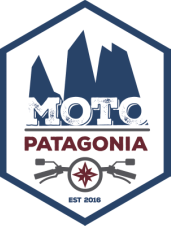
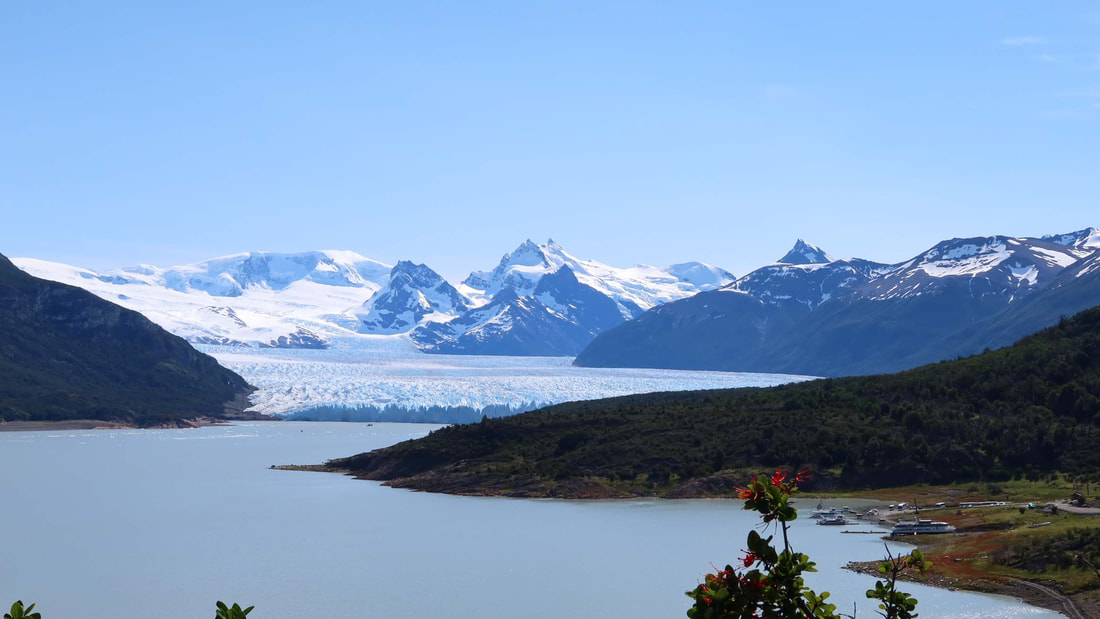

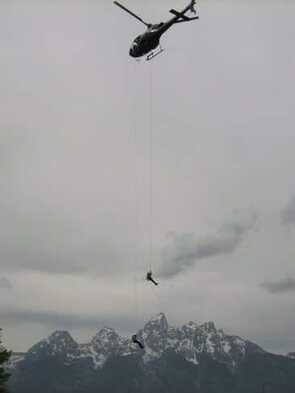
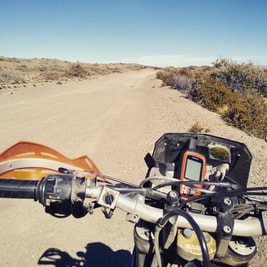
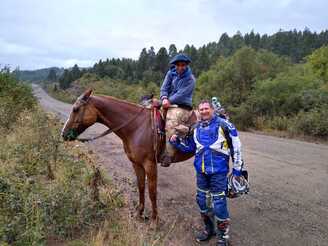
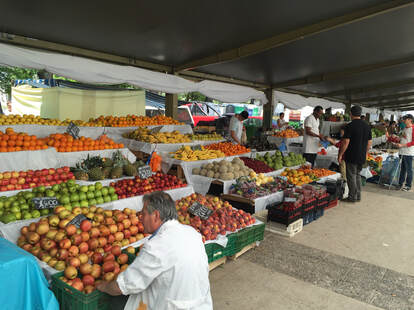
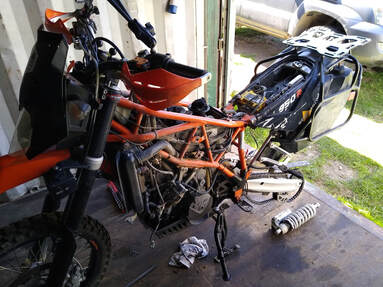
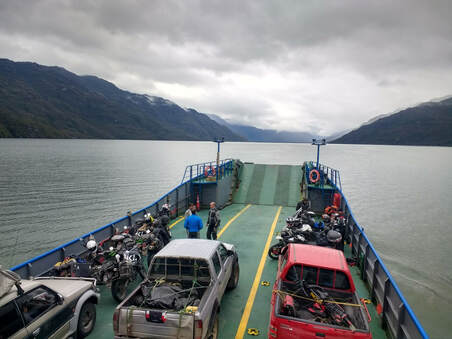
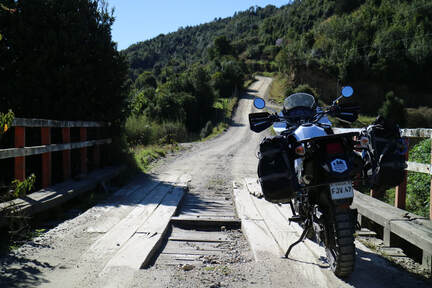
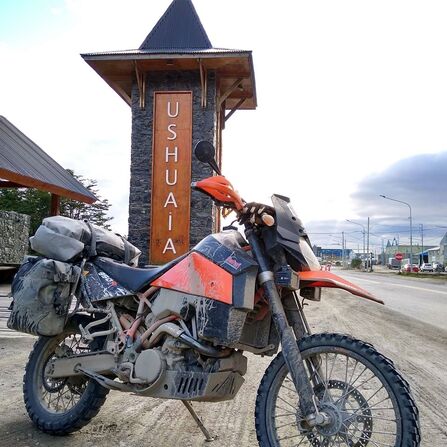
 RSS Feed
RSS Feed



